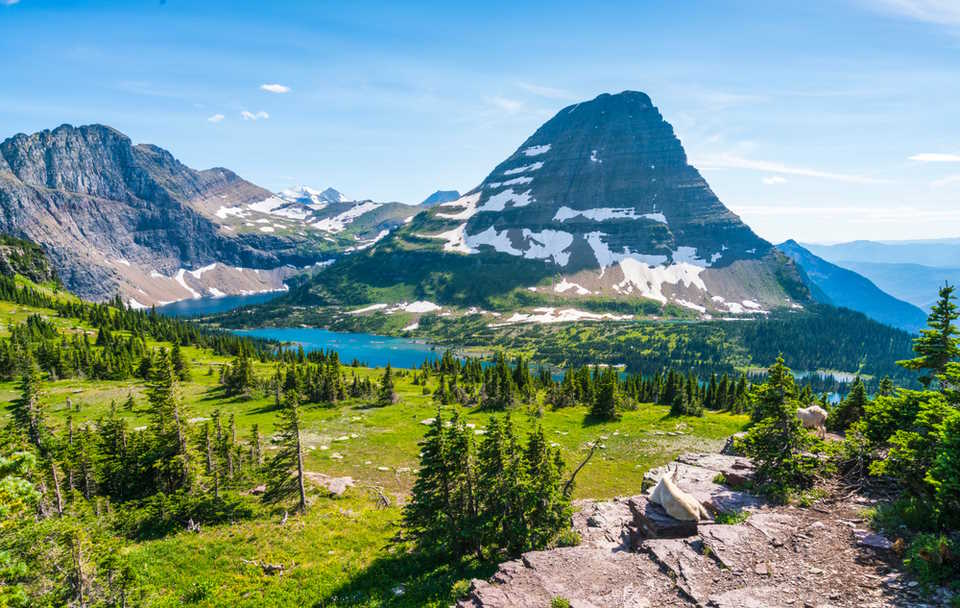Mountaineering, also referred to as mountain climbing or alpinism, is an outdoor sport that includes reaching high points in mountainous terrain, primarily for the pleasure of the ascent. Mountaineering, unlike most other extreme sports, is ideally suited to be a lifelong interest rather than a one-time event.
The accomplishment that comes with summiting each new mountain is another reward of mountaineering. Of course, there are do’s and don’ts in mountaineering like there are in every sport, but these do’s and don’ts in mountaineering have tremendous value when it comes to extreme sports. In this article, you will find proper etiquette and safety in mountaineering, things you should never forget to be safe, and the dangers involved in mountaineering.
Proper Etiquette in Mountaineering
Mountaineering is not just a physical activity; it also has an impact on one’s soul. While you receive from nature, you need to take care of and give back, so there are some ethical behaviors that every mountaineer should act on. The mountaineer’s creed says, “Take nothing but pictures, leave nothing but footprints, kill nothing but time.
As mountaineers, it is our job to be stewards of Mother Nature.” Therefore, the overriding moral code you aim for while enjoying the outdoors should always be the seven Leave No Trace principles. These principles are; planning and preparing means bringing the essentials like food and water, traveling and camping on durable surfaces, disposing of waste properly, leaving what you find, minimizing campfire impacts, respecting wildlife, and being considerate of other visitors.
In addition, to Leave No Trace principles, you must brush off excess chalk and tick marks to make them usable for the next mountaineers. Remember, these ethical behaviors are also crucial for your future and safety.
Proper Safety in Mountaineering
If you don’t take the appropriate precautions, mountains can be dangerous. However, they could be wonderful and challenging places to explore with careful planning, proper clothing and equipment, and knowledge of potential dangers. Wear appropriate footwear that supports your ankles and has a treaded sole.
Colorful, warm, windproof, and waterproof clothing is recommended. Always have a hat and gloves with you since the peaks can be extremely cold even at the heights of summer. Take plenty of food and drink with you. Chocolate and dried fruit are high-energy foods perfect for a quick boost. Always bring water because it’s simple to become dehydrated even in cool weather, and it’s advised to drink something warm in cold weather. Bring the appropriate gear.
A map and compass are necessary tools and should always be available. Although cell phones and GPS are helpful, you shouldn’t rely on them to get you out of difficulties because many hilly places lack mobile connections. Instead, get a whistle and become familiar with the rescue signal; six long, effective blows followed by a one-minute pause.
Do not stop when you hear someone; keep going until they get to you because they might be using the blasts to guide them there. A torch is essential. Use it to signal like whistle blasts. A trustworthy watch is also required for the journey.

What Should You Remember to Stay Safe in Mountaineering?
Mountaineering is risky, so you must be aware of the dangers before you go out. Lack of awareness is the leading risk when climbing mountains—being too relaxed or overconfident while mountain climbing is fatal. Overconfidence may contribute to a lack of understanding. Sometimes having little knowledge is riskier than having none. You can believe that you are an expert and disregard advice from those who may know better.
A lack of information or experience could also cause a lack of awareness. You wouldn’t know when or how to avoid it if you didn’t know what danger looks like. Of course, environmental risks are inherent during mountain climbing. But frequently, it is human action dangers that cause tragic outcomes.
If we divide the dangers of mountaineering into two groups, we could say there are hazards caused by environmental factors and hazards caused by human factors. Although this number may increase, we can categorize environmental factors under seven main headlines; high altitudes, extreme temperatures, natural disasters, bad weather, lack of visibility, wildlife, and poisonous plants.
Your body doesn’t get enough oxygen since high altitudes have lower oxygen levels. Altitude sickness is the outcome of this. There are many degrees of altitude sickness. These can happen to different people at various altitudes. In addition, you face the risk of suffering heat injuries when climbing in a hot climate.
This covers heat stroke and heat exhaustion. In a cold location, climbing could cause you to lose body heat too quickly, and this can result in hypothermia or frostbite. Another factor is natural disasters. Unfortunately, you can’t prepare for a natural calamity. Despite the rarity of these occurrences, the effects are frequently severe.
As with environmental factors, the number of human factors may vary, but we can categorize them under eight main headlines; insufficient planning and preparation, wrong attitude or mindset, getting lost, falling, equipment failure, and actions of other climbers. You should be well-prepared and careful. Keep your eyes on where you are going at all times. Avoid the edges where the level drops significantly. Observe for slippery surfaces like ice or wet ones. Before utilizing any safety equipment, check its condition. It is dangerous to rely on inadequate safety equipment.
Conclusion
In summary, mountaineering is one of the most challenging, risky, and strenuous outdoor activities, but it can also be quite rewarding. Therefore, mountaineering has do’s and don’ts, like in any sport. In addition, several ethical aspects need to be followed by every mountaineer.
These ethical aspects are essential for both the environment and mountaineers. Also, there are several factors one must be very careful about and prepared for before and while mountaineering. If you are interested in mountaineering, you should research, get the required training, and always be careful no matter how much you improve yourself. Remember, do not get overconfident when it comes to mountaineering!






